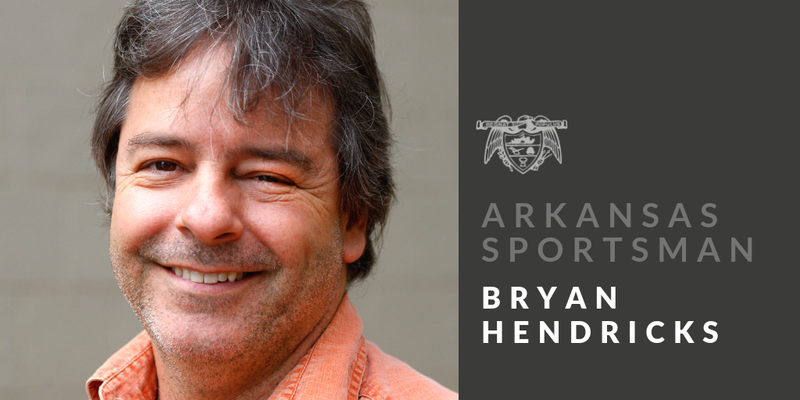Fiocchi's planned primer factory in Little Rock should ease the recreational ammunition shortage while providing the world's only supply of lead-free primers.
The company's decision to build its plant here reinforces Arkansas's reputation as a firearms manufacturing hub. We are quietly becoming what Connecticut used to be, and it complements our outdoors image.
Conspiracy theories abound to explain the scarcity of ammunition and reloading components, but the reason is the simple law of supply, demand and market prioritization. Ammunition companies have been making product non-stop for years, but lead, brass, and primers have been prioritized for military ammunition.
Federal, state, county, and municipal law enforcement contracts must also be filled. That includes practice ammo as well as service ammo, and law enforcement people use a lot of ammo for practice.
The recreational market gets the leftovers, and it doesn't help that the supply of lead for bullets is limited by the fact that only one lead smelter currently operates in the United States.
Lead, already scarce, is the conspicuous ingredient for bullets, but it's also used to make primers.
Anthony Acitelli, chief executive officer for Fiocchi America, said that conventional primers contain lead, barium and other heavy metals that act as thickeners and stabilizers. When detonated, the explosion releases a toxic mist into the air which contains these elements. It's a health hazard for shooters indoors at ranges. It's also a source of environmental pollution, even if the amount is insignificant.
Because it's a known toxin, the shooting and hunting industries are gradually phasing out lead. Every bullet maker offers unleaded alternatives. They once were the exclusive domain of reloaders, every commercial manufacturer now offers unleaded options.
The Obama Adminstration on its last day banned all lead ammunition on all federal lands. The Trump Administration reversed that order on its first day, but the U.S. Fish and Wildlife Service has quietly expanded lead ammo restrictions at some national wildlife refuges. Some states, like South Dakota, prohibit lead shot on state-owned hunting areas.
That trend will continue as public acceptances increases, and it will increase. I well remember the outcry when non-toxic shot was mandated for waterfowl hunting in the 1980s. Hunters adapted, and now we have non-toxic alternatives that are better than lead. They're a lot more expensive, too, but waterfowlers shoot them as if cost is no object.
This trend will accelerate in the single-projectile world as well. It's accepted science that lead poisoning kills birds that scavenge lead-shot animal carcasses. When a lead bullet passes through an animal, it sheds particles as the bullet deforms and peels backwards. It sheds a lot more particles if it hits bone. Humans ingest lead from game, too, so it's a legitimate human health issue.
Hunters scoff and point out that wind power generators kill a lot more birds -- and a greater diversity of bird species -- than die from eating lead shot carcasses. It's also true that house cats kill a lot more birds and a greater diversity of birds than die from lead-shot carcasses.
The weakness in those arguments is that the value society assigns to wind power and pets justifies their impact on wildlife.
It's hypocritical, but those trends are driving the hunting and the shooting sports. We can complain and resist our way to irrelevance, or we can adapt to keep hunting, target shooting vibrant and relevant.
Now that you know what's floating around in that cloud of smoke at your local indoor range, do you want to breathe it? Do you eat meat that has lead streaks? For that matter, would you knowingly eat a deer that's infected with chronic wasting disease?
Hunters and shooters evolve as we become more knowledgeable about traditional practices that might not be healthy. Fiocchi is sufficiently committed to reality to invest $41.5 million to make lead-free primers in our fine city. That will directly benefit 125 employees, and it will give hunters and target shooters safer products.
